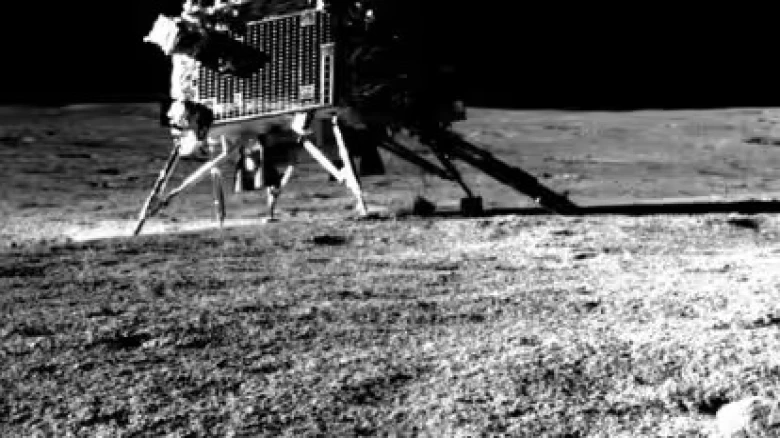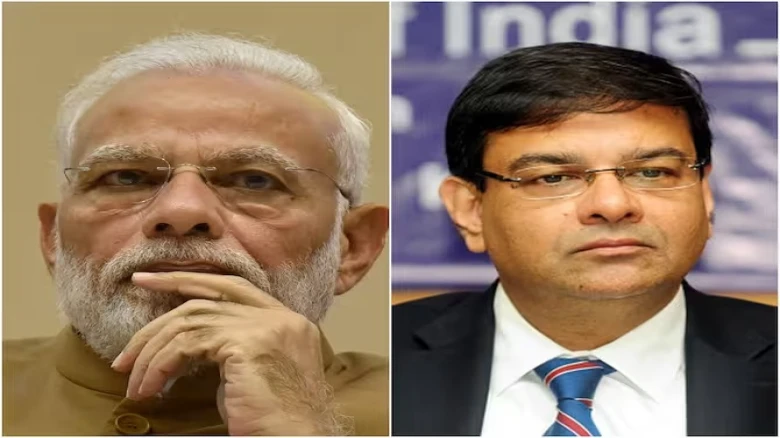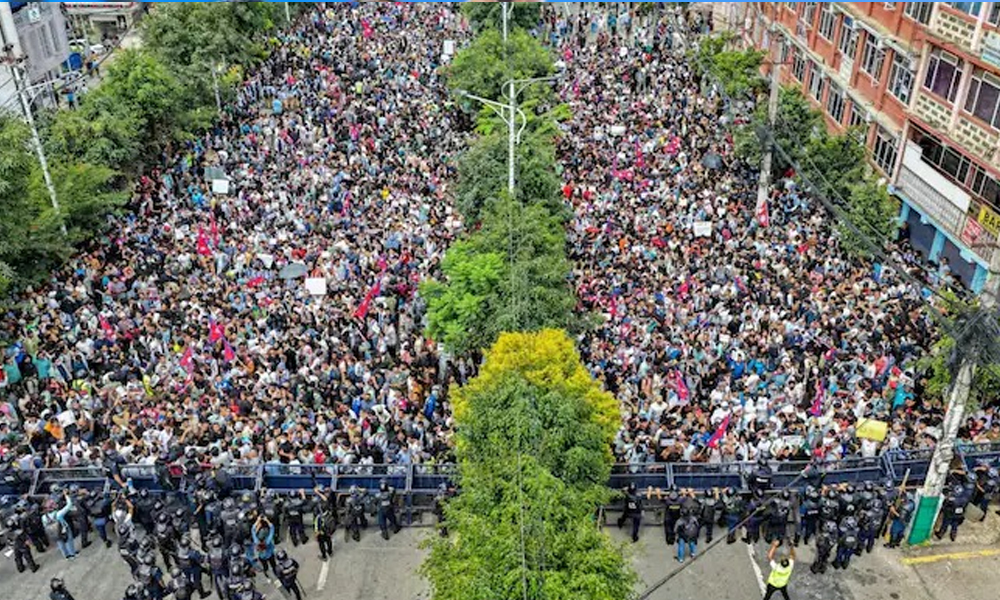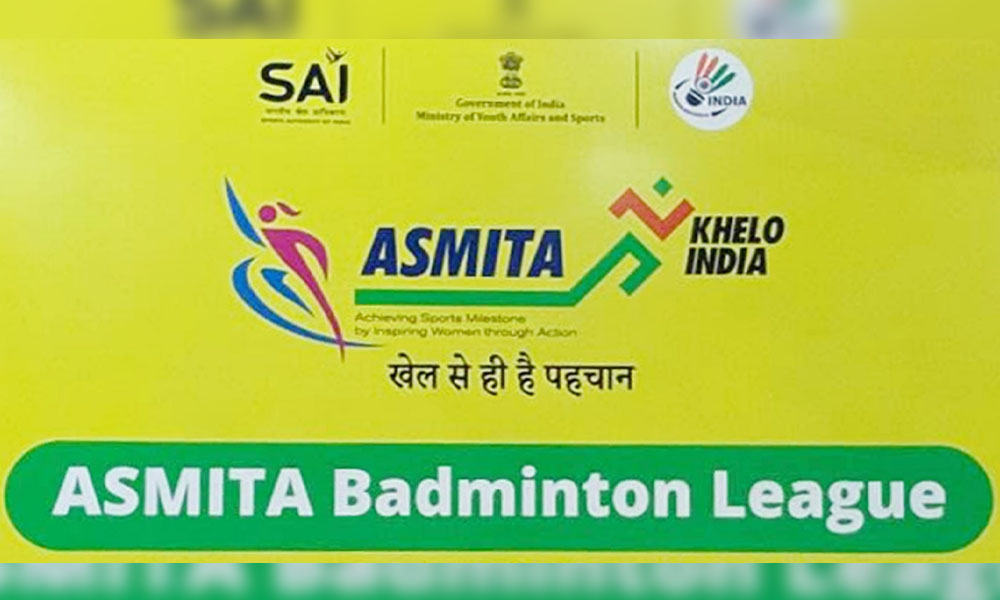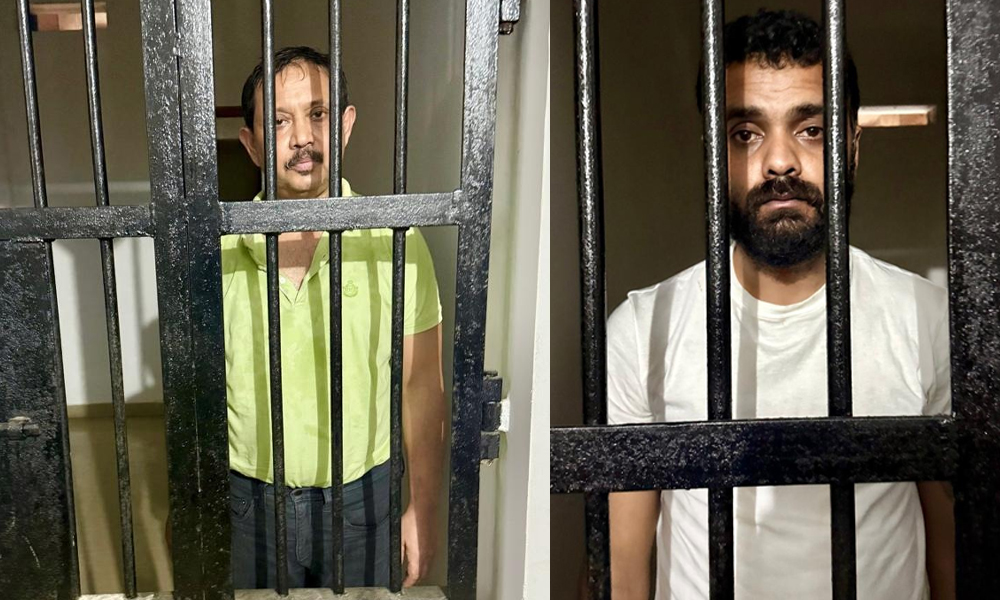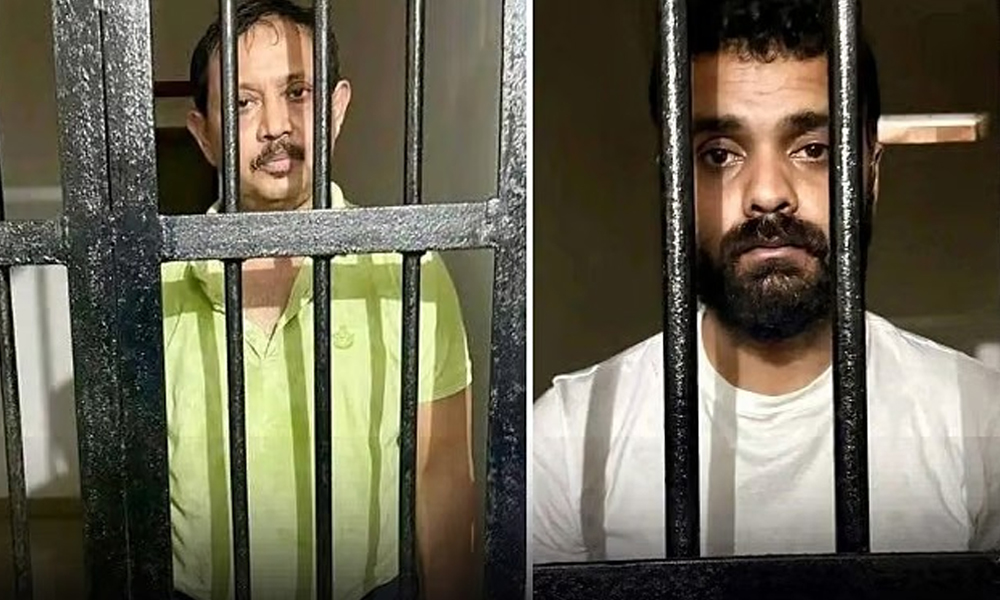The head of ISRO, S Somnath, stated that it is difficult to predict with precision when communication with the Chandrayaan-3 hardware will occur.
Digital Desk: The Indian Space Research Organisation has extended the time to 14 days to make contact with the Vikram lander and Pragyan rover on Chandrayaan-3. Scientists are holding out hope that the Indian Space Research Organization's (ISRO) Vikram lander and Pragyaan rover may restart before the upcoming lunar sunset on October 6.
The head of ISRO, S Somnath, stated that it is difficult to predict with precision when communication with the Chandrayaan-3 hardware will occur.
ISRO attempted to communicate with the Vikram lander and Pragyan rover to find out whether they were awake or asleep, but no signals have been picked up as of yet. However, the space agency emphasised that it would continue to make communication attempts.
Despite the unpredictability, scientists are optimistic. As the lunar day progresses and surface temperatures rise, the likelihood of revival is expected to rise. The lander Vikram has not undergone the same testing as the rover to withstand these extremely cold temperatures. However, Somanath stated that there are numerous parallels between Pragyan and Vikram's designs, suggesting that tests that were successful for Pragyan should also be successful for Vikram.
The instruments' solar panels were positioned to catch light as soon as the lunar day began, and their batteries were fully charged before entering sleep mode. The receiver was additionally left on so that, in the event that it became essential, the instruments could be resurrected and utilised to carry out investigations for an additional 14 days in difficult conditions.
However, with the accomplishment of Chandrayaan-3, India's third lunar mission, ISRO is developing a spacecraft that would return data to Earth. The Vikram lander's hop on the lunar surface on September 3 was, in the opinion of officials, a step in that direction.
According to an ISRO official, the space agency would design programmes so that samples can be sent back to Earth based on experiments on the moon. There is currently no definitive timeline for this, but we are trying to build our systems so they can do a return flight.

